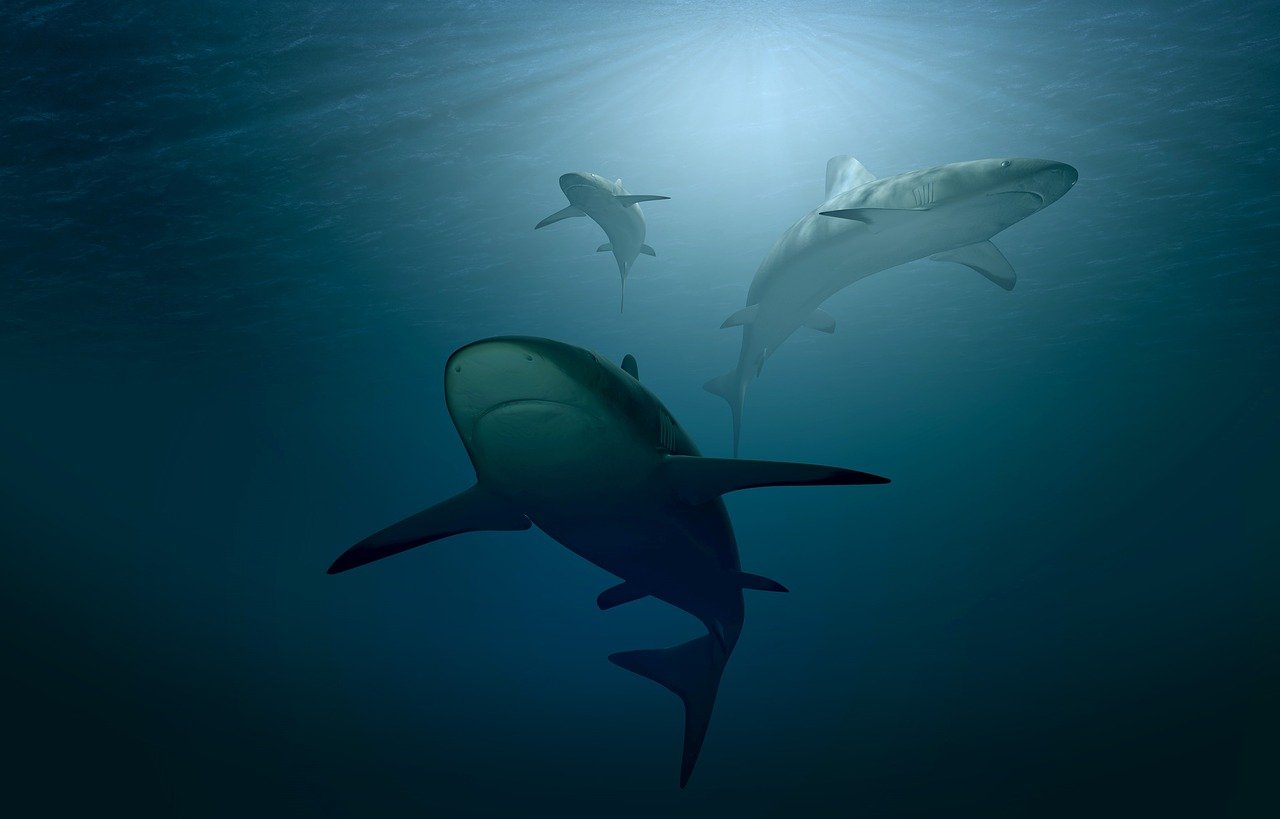
1 Fish Not to Eat (Actually, 7 not to eat…)
I’m big on eating meat to help support a healthy diet.
You’ve likely noticed I’ve spent a good deal of time in recent months devoted to exposing how beneficial animal-based products can be for our health.
The fact of the matter is almost all (big almost) animal-based products can be healthy.
But, not all of them.
For instance, some of the reasons conventional cattle may not be healthy have to do with animal husbandry practices. While conventional cattle is significantly better for you than a bag of Cheetos, it’s not the best thing you could eat as it could contain toxins (in fat), may have been treated with antibiotics, and certainly contributes to the ethical and moral quandary of ruining our planet in the name of profit.
Pasture-raised cattle are better for you, and the environment (see my article on why conventionally-raised beef is not necessarily a nightmare, but not a fantastic food either).
Fish is another animal food that is supremely healthy for you.
In the article I referenced above I showed you how a small portion of salmon is way better for you than a 1lb block of grass-fed beef - at least as it pertains to omega-3 fatty acid content that is.
However, there are some pretty big concerns for eating fish that I want to address, especially if you’re the kind of person who’s taken my recent articles on adopting a more ancestral approach to diet seriously.
The truth is the fish market is actually a market filled with potentially dangerous fish - even when they’re sourced from the purest sources… as well as a cesspool of profit-hungry fishmongers who willingly deceive customers and put your health at risk in the process.
I’m going to expose 7 fish you should never eat, and 1 that you might accidentally consume through no fault of your own.
1 Fraudulent Fish (and 7 to avoid)
You probably had no idea that there’s a multi-million dollar fish market based entirely on fraud, but it’s true.
Unlike chicken, pork, and beef, when you’re buying a filet of white fish, it’s incredibly difficult to tell if the fish you’re purchasing is exactly what it’s said to be.
In the absence of fins, heads, (and tails), you’re probably not going to be able to identify if the fish you’re looking at is grouper or tilapia.
And therein lies the problem of how millions of people are being duped into buying a fish called Swai…and it’s a problem
1- Avoid SWAI:
Swai is a fish from Vietnam that is often substituted for any number of whitefish (think sole, flounder, grouper, catfish, etc.)
Often referred to as Vietnamese catfish, basa fish, and iridescent shark, this inexpensive fish is a problem for a host of reasons.
No, not because it’s nutritionally inferior…
More because of additional contaminants inside of it.
Swai is raised throughout Asia in factory farms where they’re exposed to dozens of chemicals and antibiotics meant to keep them alive in their confinement. Those chemicals are absorbed into the flesh and meat of the swai where they’re then passed onto you during consumption.
In addition to that, the factory farm conditions swai is raised in are circumspect, which means that there’s a chance that many of the controls more reputable farms have in place to keep you safe from food poisoning aren’t there.
Back in 2016, nearly 26,000 pounds of swai sold at American Aldis were recalled after federal inspectors said the fish failed their health requirements. That’s pretty hard to believe when you consider that less than 3 percent of imported seafood is even tested for antibiotic drug residue.
1 last issue with factory-farmed fish is that in order to feed these fish they are a.) reliant on small fish “sucked out of natural environments” to keep them alive… and b.) also subjected to eating GMO corn and grains.
This is a problem because the absence of substantial amounts of wild-caught fish (being caught and given to the swai) from the oceans ends up causing problems for the ecosystem, and the GMO feed isn’t good for you and is also passed into your body as well.
As you can see, swai fish is a real problem.
To avoid it, it’s best to only get the kinds of fish you saw above (sole, flounder, grouper, catfish, etc) from reputable fisheries and grocery stores where certifications for quality and sustainability are met.
Now, onto other fish not to eat:
2-Shark:
Yes, believe it or not, shark is commonly consumed throughout the world. It actually wouldn’t be a terrible thing to eat as shark meat is known to taste quite good.
However, shark are overfished and their numbers are dwindling… but that’s not the reason I’d say no to it.
Instead, I’d be careful about eating shark owing to the high mercury content. Large, predatory fish like this are loaded with this toxin.
3-Swordfish:
Swordfish is a relative to the shark and is another large predatory fish.
Thankfully, it is not overfished in the same way shark is, but it does have the same problems; the mercury levels in swordfish are through the roof.
4- Atlantic Salmon (Farmed):
I’ve written about why farm-raised salmon isn’t all that great for you before. From the petrochemicals found in the fish to the drugs (like cocaine), farmed salmon isn’t all that great for you.
On top of that, farm-raised salmon is an environmental catastrophe (chemicals leached into the ecosystem…and it’s not that nutritious either as it has high levels of omega-6 fatty acids.
5- Atlantic Bluefin Tuna:
Tune is a large gamefish prized by fishermen.
Sadly, it’s not great for your health for the same reason that shark and swordfish are a problem: mercury.
The problem with bluefin tuna is it’s very popular owing to the large schools of this fish that parade through the ocean (ok, they don’t parade) and it’s cheap, so people stock it.
Eating a few cans of tuna a week is enough to seriously throw your blood levels of mercury through the roof.
6- Sardines:
I’m not saying don’t eat sardines… but definitely don’t consume too many, or eat them too frequently.
Why?
Because they may have excessive levels of arsenic and cadmium in them.
I know I’ve said that they’re a reasonable fish to consume previously, but as new research comes out, I may correct my thinking on sardines. I think for now, if you eat low amounts in a week or a month, you’re likely safe. But you could avoid them altogether in favor of healthier options.
7 - Chilean Sea Bass
This whitefish is quite expensive, (and quite ugly) and is actually known as the Patagonia Toothfish (a fishing marketing whiz got the FDA to agree to call it Chilean Sea Bass).
What’s wrong with it?
One thing is overfishing, and many of the Chilean outfits that catch them are plagued by poor management and bycatch (killing or disposal of “extra” fish caught with the sea bass).
And, because it’s a larger, predatory fish, high mercury levels are something to be concerned with.



